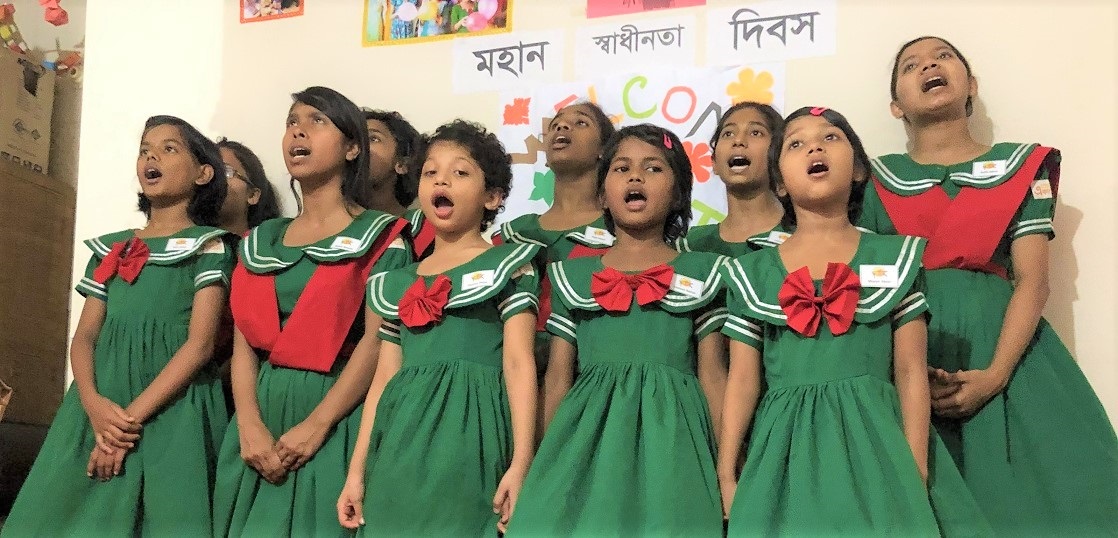Republic of Bangladesh.
This is the second report that tells what Euglena members who visited for the first time felt in the city and the countryside in Bangladesh, which is said to be the poorest country.
Following the first visit to the local food (cookie) factory from the arrival in Bangladesh, this time we will describe the visit to the children's home in the capital city of Dhaka.
* This is a visit to the company training for 3 nights and 4 days from April 25 to 28, 2019.
To children homes that provide education for street children
Euglena cookie factory, I visited a children's home run by an NGO called Ekmattra in Dhaka.
Ekmattra is an NGO established by a Japanese named Daiki Watanabe, and operates a children's home that aims to provide education to street children.
The first thing that surprised me when I arrived at the Children's Home was the welcome. A handmade welcome board was hung on the entrance door.

As we entered the home, 12 girls handed us origami flowers and enthusiastically welcomed us. After shaking hands with the 12 children, the self-introduction time for the children began.
My name, what I like, and future dreams such as "I want to be a doctor", "I dream of becoming a police officer", and "I am aiming to be a designer".
I was listening to everyone's "dreams" with a smile, but from the story of Mr. Watanabe, the founder of Ekmattra, I learned that the "dreams" they think are different from their "dreams".
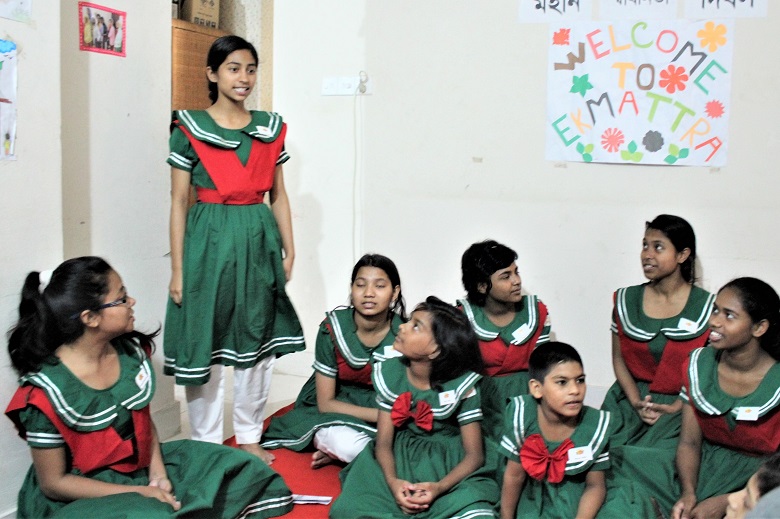
What does their "dream" mean?
Mr. Watanabe said, "They were in a situation where they couldn't even understand the meaning of the word" dream "unless they were welcomed to this children's home."
The children in children's homes are originally street children. Straight children survive while doing heavy labor such as carrying luggage in the market and work that damages dignity such as begging.
Furthermore, as they grow up, it seems that there are many cases in which adults are involved in gangster work, violence, and prostitution. In such a situation, they are full of life and having a "dream" is just a "dream".
It is this children's home that welcomes and educates such street children and helps them to go on to university, and even on the day we visited, university students who are graduates of the children's home came to help.
It is said that the existence of such graduates is a great hope for children in children's homes.
In addition, Mr. Watanabe actively creates opportunities for adults who are active in various worlds to visit children's homes, and tells children the meaning of education and the world that will expand beyond the education.
And we who visited this time seemed to the children as heroes trying to solve the social issues in Bangladesh.
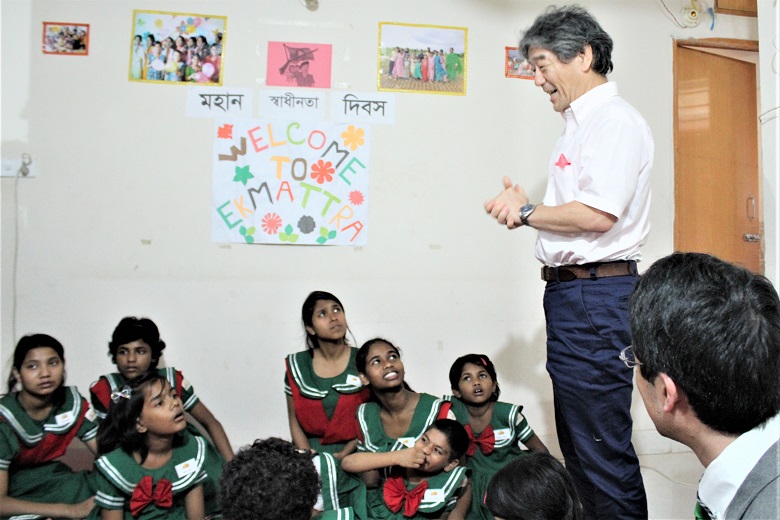
For lunch, we will have curry with mung beans
After introducing myself, it was lunch time that everyone was looking forward to.
Then, while being taught by a 6-year-old girl sitting next to me, I decided to experience a meal with only my right hand for the first time. Children can't speak Japanese or English, but if they can build relationships through self-introduction, they can do something with gestures.
The menu for the day was a stir-fried vegetable curry flavor and a curry with mung beans called dal. It was very delicious, partly because the spiciness was modest! is.
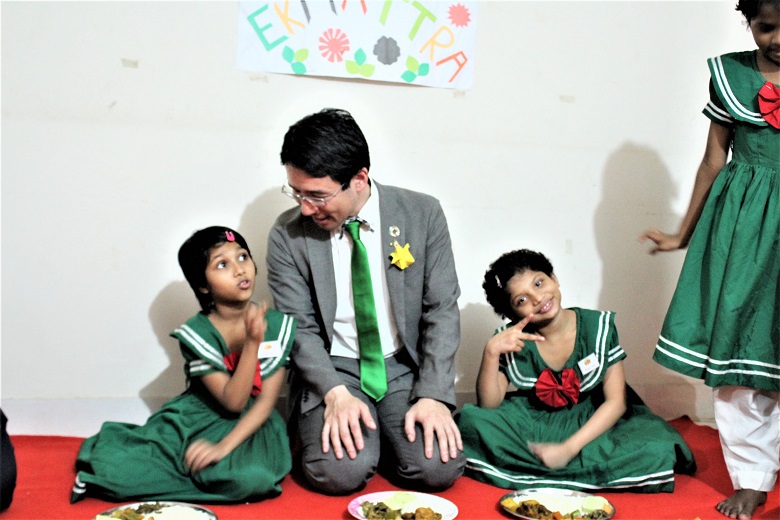
However, I still felt that the height of children in children's homes was shorter than that of Japanese children.
I reaffirmed the importance of satisfying nutritional status as a major premise for providing education, and realized that what is commonplace in Japan is not commonplace in Bangladesh.
Finally, the children performed songs and dances as a proof of welcome! (Please watch the video!)
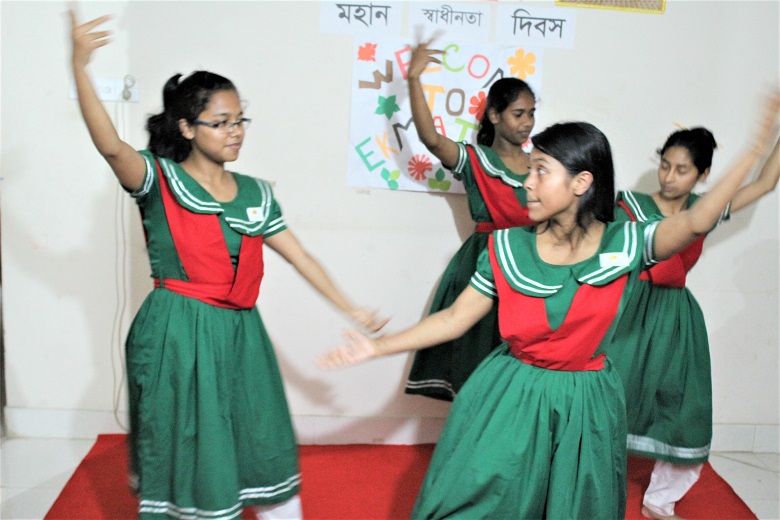
The time spent with everyone passed in no time. This visit was only conscious of showing the appearance of children's homes, but I am very happy that I was strongly influenced by the current situation of street children and that I was able to support children's future dreams as much as possible. It became an event.
It was also a good opportunity to look back on myself as if I was proud of my work, as seen by the glittering children.
Traveling on the Briganga River from the capital Dhaka to the provinces by large boat
By the way, the next stop is the countryside of Bangladesh, Potoakari.
To Potoakari, we took a ferry along the Briganga River, which runs from the city of Dhaka to the countryside.
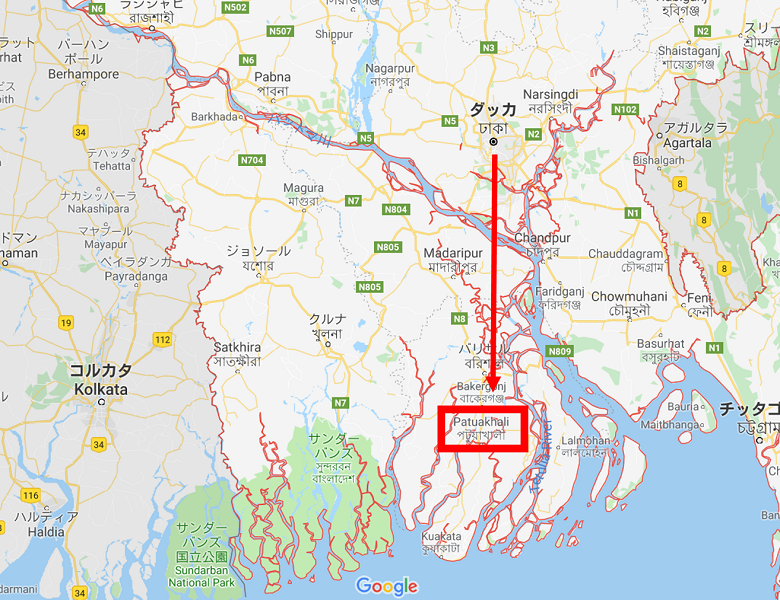
In Bangladesh, rivers are an important means of transportation between the capital Dhaka and the provinces. At the port of the river, a number of ships were anchored at each destination, and the loud guidance of the sailors echoed the voices of people selling sweets and fruits to the passengers, and it was very busy.
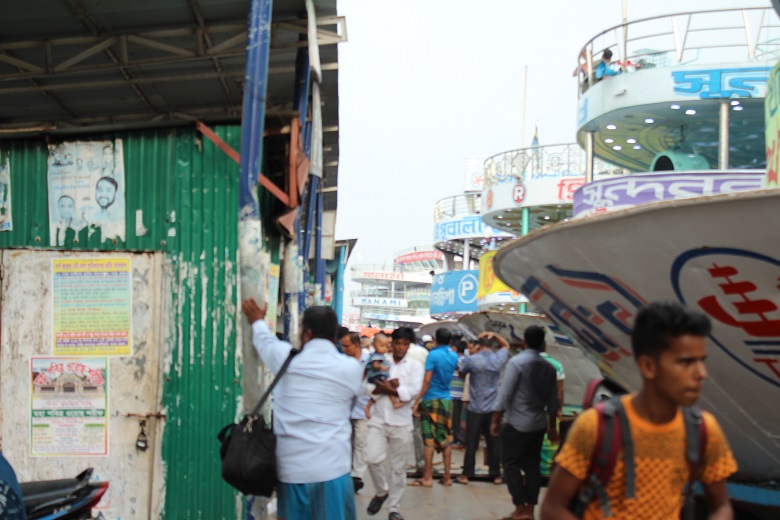
This time, we will board the first class room of a local passenger ship. It is a private room with a space of about 2 tatami mats, equipped with a TV and air conditioner, and the price is about 1,500 yen.
By the way, most of the local people often use the cabin without partitions like a large hall of about 400 yen. It is normal to lay only a towel on the hard floor and sleep, and I had the impression that this seems to be quite difficult for Japanese people.
When I got on a boat and left the harbor, there was a beautiful sunset in the sky. I will introduce the cruise and the events in Potoakari in the next article!
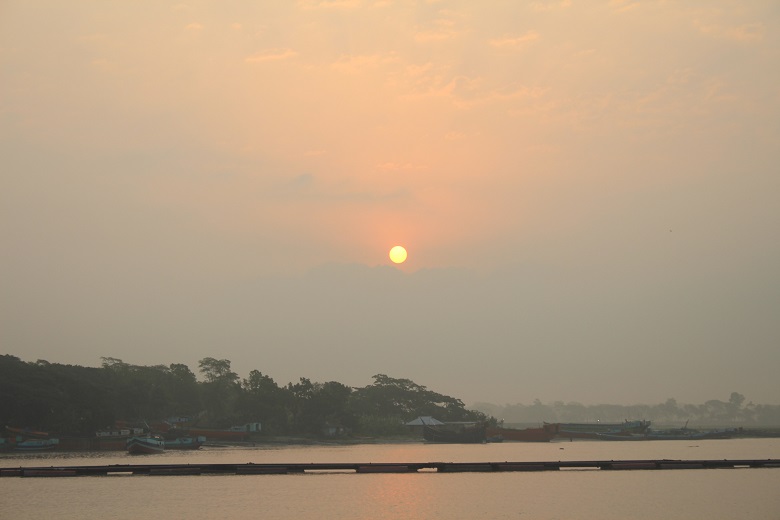
~次回へ続く~
#バングラデシュ #SDGs #食料問題

